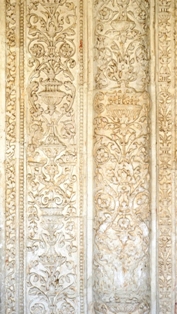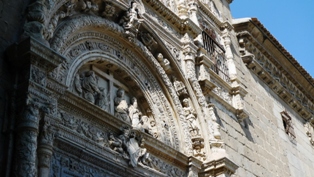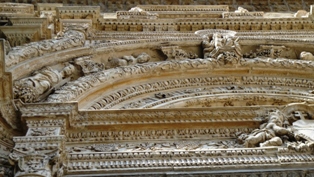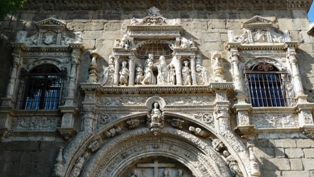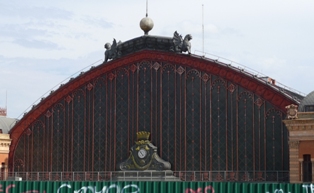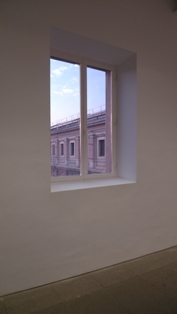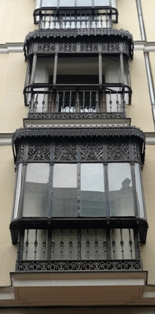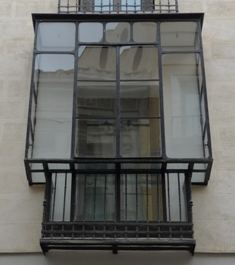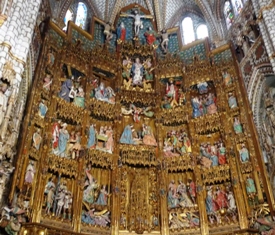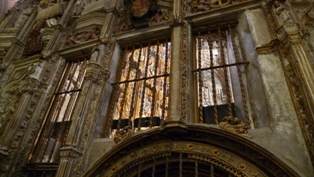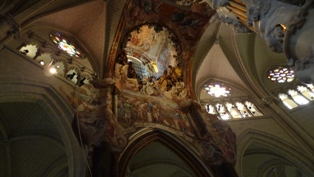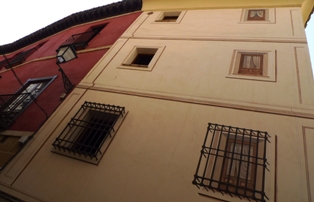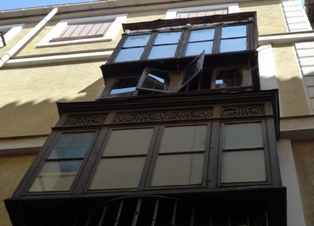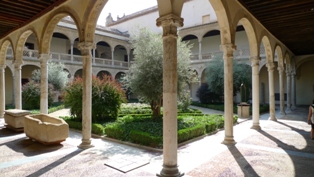What a wonderful 50th Birthday present that was! For those of you who do not know this, I have wonderful brothers and sisters in law. The trip was magical.
The Prado had been on my wish-list for years and did not disappoint. The queues and the temperature were more than bearable, the building refined, well-chiselled and distinctly elegant and the expected highlights and the surprises quite out of this world and well into the next. We spent most of our very precious hours doing the big things: Bosch, The van der Weyden, Fra Angelico, Velazquez and Goya. With the paintings of each of these I had so been long familiar as reproductions, but seeing them in the flesh demanded a complete re-evaluation. It is not so much the context in which they are hung that made them exceed expectation, although that helped, creating a kind of crescendo effect as one turned a corner and saw one or the other signalling itself as a promise; it is more than anything the confrontation with scale and material and even the preconceived familiarity which happily comes undone as one grapples with the paintings in the flesh. I haven’t got a clue why paintings excite me so much; nothing except perhaps Russian novels, copious amounts of good food and laughter come near to it, but they do. The Fra Angelico annunciation was huge, bigger than I had anticipated, infinitely gentle and sacrificially precise; Las Meniñas was so much more impressionistic than the reproductions ever let on; Velazquez’s crucifixion is confirmed in my mind as the all-time best of its kind; the Rogier van der Weyden is gigantic and, because of that more painfully dramatic far less intimate than I had imagined! Only the Bosch, being the one I had studied most, was what I expected to find and even so it blew us right off our feet. I spent most time there although in the end I am not sure what my favourite was; I think it’s an unfair question: a man should be allowed an infinite number of absolute favourites and be done with it. With my Gargantuan appetite I have no trouble accommodating them. There were surprises as well, paintings that had always played a large part in my private little world but which I had never realised were there, in the Prado. The Guido Reni for example, the Atalanta and Hypomene, with its soft pliant woman picking up apples, so unlikely as an athlete, and the boy’s head incongruously fitted onto a tense male, victorious body. To come across them so unexpectedly was so exciting. The same was true for the brilliant painting by Velazquez of Apollo looking like an over-confident smarmy hooligan-like Dutch farmer’s boy coming into Vulcan’s nasty little smithy to tell the rough, tough, too-proud-by-half-Spaniard he had been cuckolded. Then there was the mind-blowing religious domesticity of Robert Campin and the razor sharp elegance of the Memling. I cannot tell you how much I enjoyed my day there. It was too short. We did not have enough time for the megalomaniac 19th century stuff, which looked promising but had to be hobbled past with aching feet well over the limit of our saturation point.
The Reina Sofia, which we did after a city walk on our first day, was also brilliant. As we approached I was being a little unkind about the architect of the new wing, Jean Nouvel, whose earlier works in Paris I had greatly admired, but Victoria quickly saw that this was no ordinary new wing and we really enjoyed seeing how the great roof with its reflective surface and its sky-holes combined with the terraced offices to make a spectacular space of panorama and reflection, a complex composition of lines and surfaces, shade and texture as well as, perhaps most importantly, a very pleasant and spacious courtyard. I loved finally seeing the Guernica, as well as all the studies and the model of the Pavilion where it had been exhibited in the Paris World Exhibition of 1937 when it formed the great counterpart to the visual violence of the Soviet and National Socialist pavilions of Russia and Germany. We spent far too little time on Thursday morning in the Thyssen which is wonderful. Our visit was at least long enough to admire the tiny Rogier van der Weyden and the finely chiselled Jan van Eyck, the Caspar David Friedrich and the Thomas Cole and all that Jazz, not to mention the best Canaletto’s I know (bar one) as well as a couple of very good Emmanuel de Witte’s and the amazing Bronzino’s. I loved it all.
I cannot say too much about Madrid as a city. It would be insulting, having only spent just a few evening and afternoons exploring it. Nevertheless there are a few images which I take with me, the surfaces of the apartment blocks and office buildings, their corner towers, with the junction of the Acalá and the Gran Via as seen from the Banco de España is a classic view. I loved the city that was built to celebrate public spaces, the parks, the wide boulevards and all that. But I particularly enjoyed the balconies. But these are perhaps better discussed under the heading of Toledo.
Toledo is a town spread like a sheet over a hill surrounded by a river. The streets are either very quiet or single-mindedly devoted to the tempting of tourists suffering from an obsessive interest in knives and daggers. We walked along to the cathedral and wondered at its dense urban setting, walled in like a cloister. The interior is all sacrifice, no expense spared. The choir has stalls of emblematic fools and follies, the organ sprouts pipes horizontally and frames an empty chair making it look like some absurd 17th century rocket prepared for take-off to heaven. The altar piece is an enormous cliff of gold with ornamental caves occupied by polychrome men and women engaged in the mother of all stories.. The sacristy is full of very good paintings and so it goes on.
Then comes the Transparente by Tomé. It was, it has to be said, different to what I had expected, smaller in its overall size but with larger figures and far more compositional sophistication than I had ever allowed it in my mind. It is stuck against the rear of the altarpiece just mentioned, which is late Gothic and its composition a clever encrustation of jewels on a busy surface. The Churrigueresque, if you can call it to mind is marvellous, but could with some justification be dismissed as simple horror-vacui or love of fullness. It might often be clever in its serpentine weave and weft of theme and ornament, but never does it pose a scene; there is no theatre, it presents its ability to fill with sophistication. The Transparente is different to all this. It is good theatre, as good as Bernini from which it learnt a great deal and the German baroque, which is its nearest equivalent. But it is also its own thing, a swirl of angels, archangels, seraphim, cherubim and Mary, of course. The most powerful bit is one of the archangels flying above the vortex in which God takes his place as symbol, surrounded by the winged heads of the cherubim. We sat in front of it for a long time. It was a pity they had covered over the window from which the light was supposed to cascade over the waterfall-like sculpture; it had been closed for the benefit of some awful cleric going on and on about God on two simultaneous screens indifferently set up on either side of the sculpture and whingeing with the most awful music. Dreadful; enough to make one realise that these church people certainly offer no short-cut to godliness. Their way is as long as any other.
Then came the streets of Toledo. We were heating up and looking forward to lunch, we roamed the narrow streets and there we saw, even more than we had been admiring in Madrid, balconies or little conservatories, projecting from the wall onto which they had been stuck sometimes almost like afterthoughts, higgledy piggledy, often without rhyme or visible reason, jutting from walls cutting into the narrow canyons of Toledo’s shady streets. The lower half of these balconies is narrow and just deep enough to stand. At the hips the balconies generally broaden with a narrow glazed shelf and then continue upward until they are high enough to receive a small lean-to roof. Walking through streets of them gave a delightful sense of the visual network of daily life as it unfolds again and again every day. Some of the metal work is very a delicate, others are made of wooden frames. It has to be said however, that the most beautiful example of such a balcony, the archetype as far as I am concerned, is in Madrid. It is the simplest and yet the most beautifully proportioned I have seen. Altogether I have made some 200 hundred photographs of our visit and a clear theme has emerged: numberless surfaces and balconies.
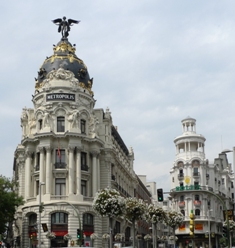
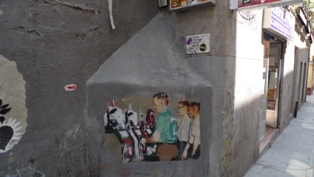
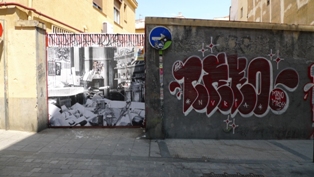
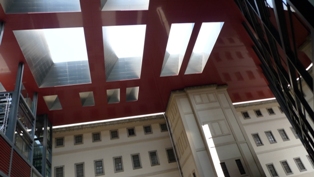
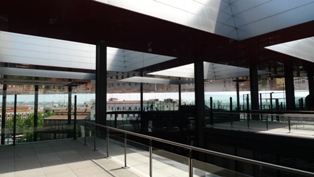
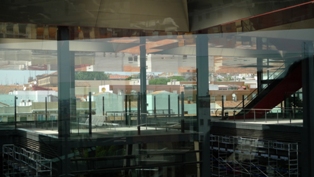
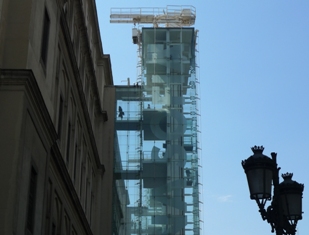
the Atocha railway station
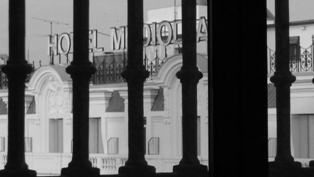
views from the windows of the Reina Sofia
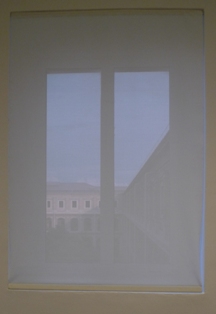
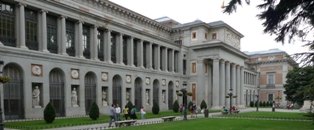
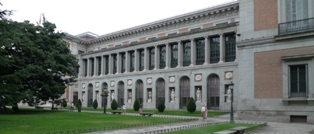
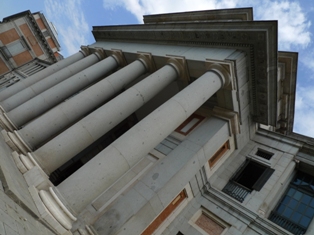
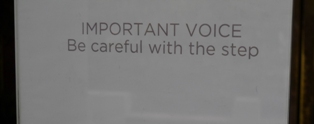
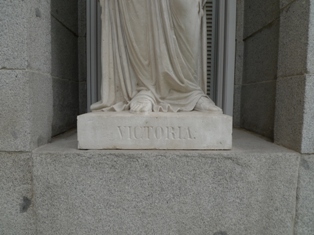
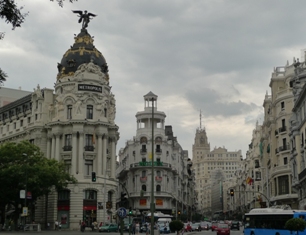
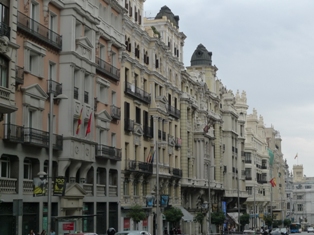
Balconies, beautifully shaped, glazed, framed and cleaned...
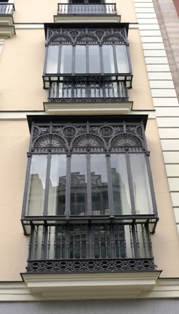
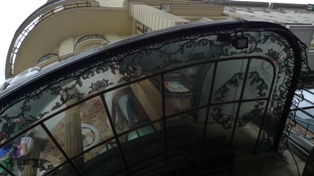
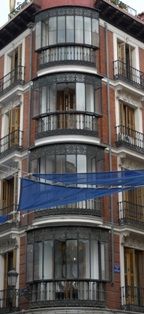
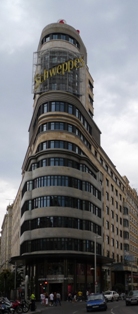
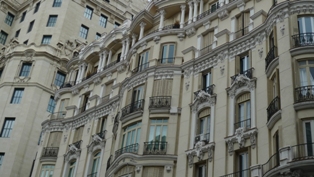
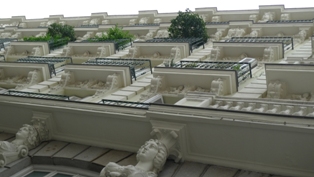
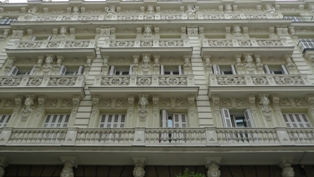
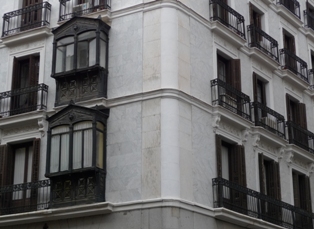
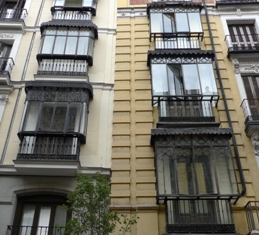
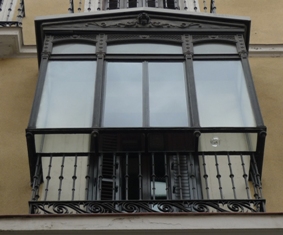
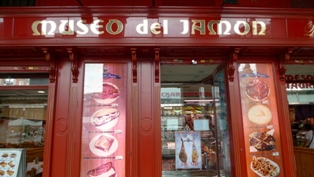
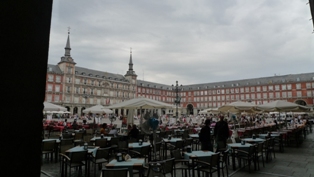
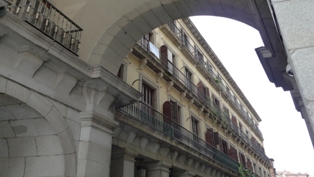
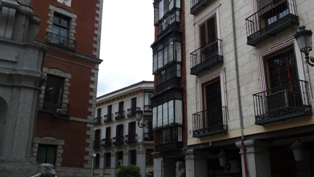
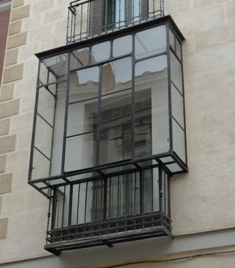
the most beautiful balcony in Madrid
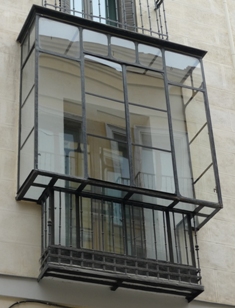
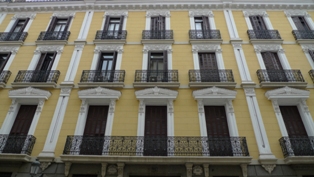
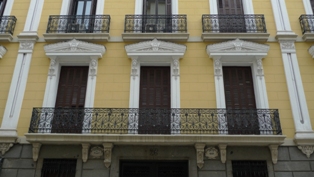
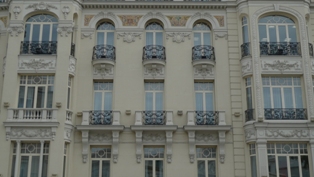
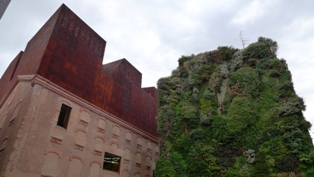
Herzog & De Meuron opposite the Prado. The exterior is spectacular, loved the perforated steel continuation of the old brick walls. Loved less the rather macho overhang achieved by lifiting the building from the ground in its entirety and the expressionist dr. Caligari surfaces leading to the central staircase. Was decidedly unerwhelmed by the interior. However the green wall and the exhibitions compensated much.
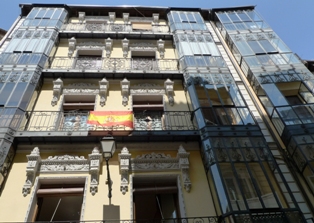
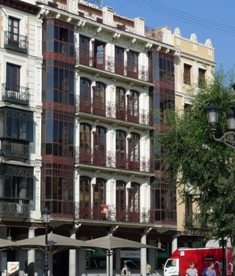
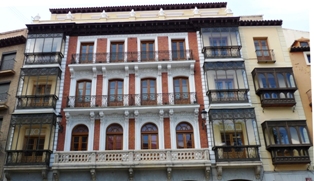
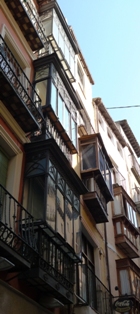
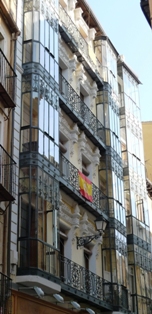
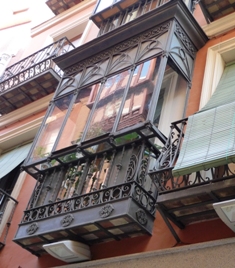
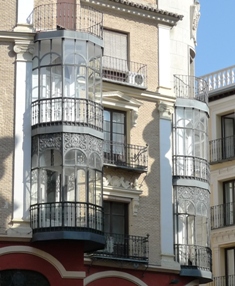
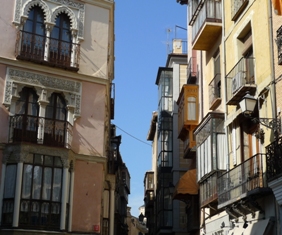
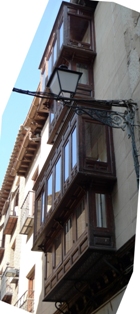
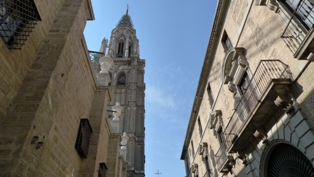
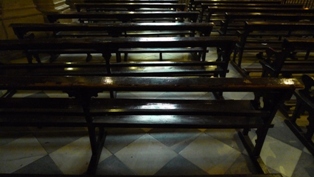
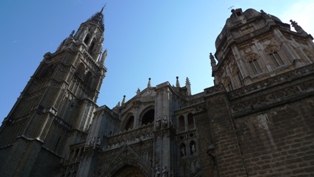
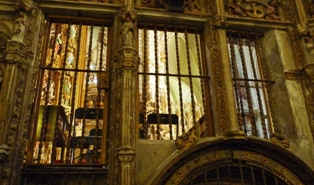
the main altar in the Cathedral of Toledo
the same, but then viewd through a window through one of the internal walls
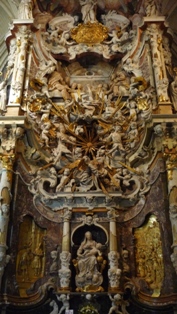
The Transparente by Narciso Tomé
built: 1729-1732
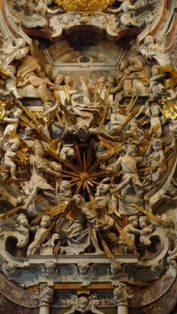
this picture shows you how the light is supposed to enter the cathedral and fall over the sculptural orgy
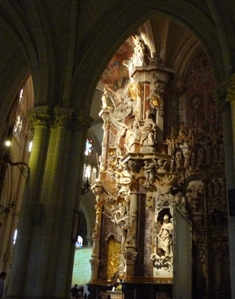
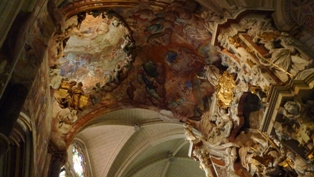
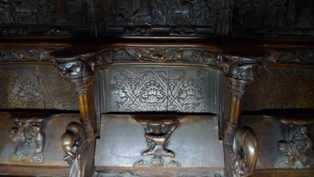
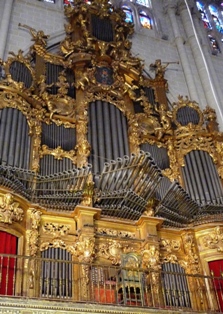
street illusoinism...
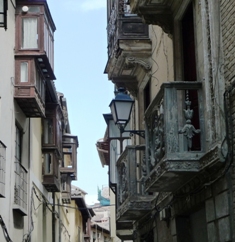
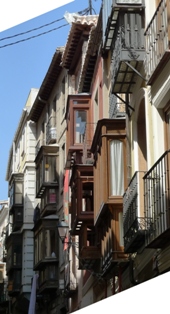
the only one of its kind I saw
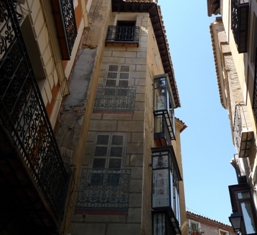
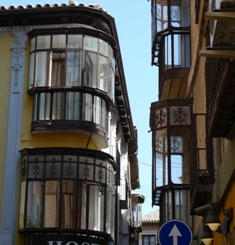
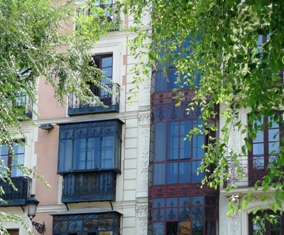
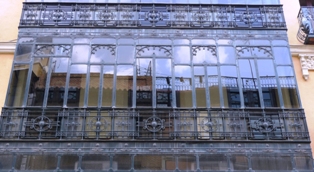
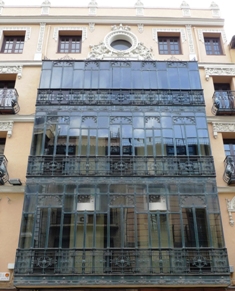
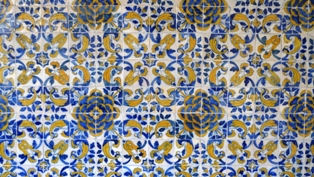
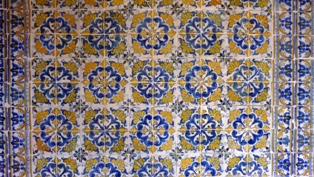
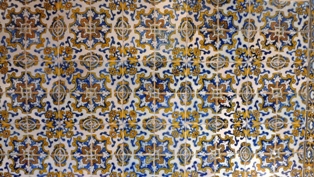
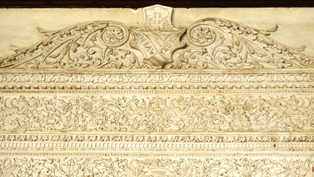
the courtyard of Sta Cruz
